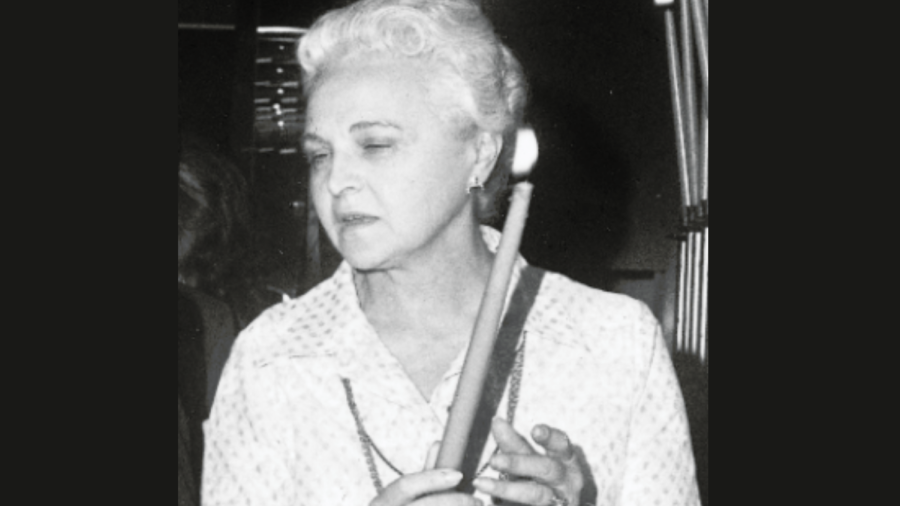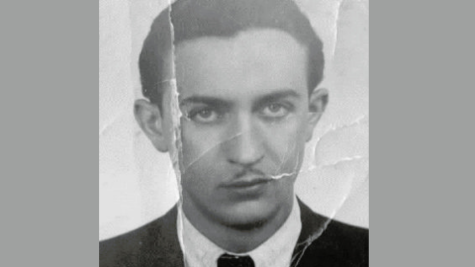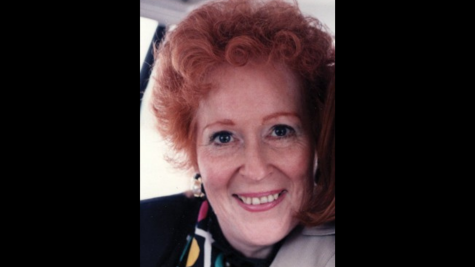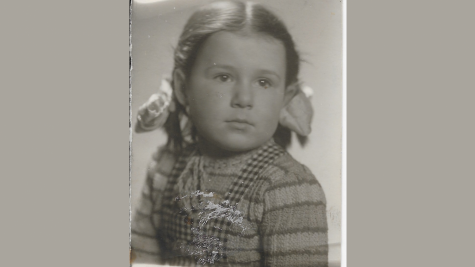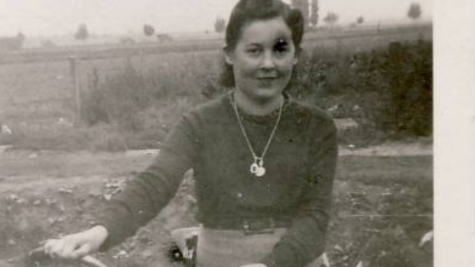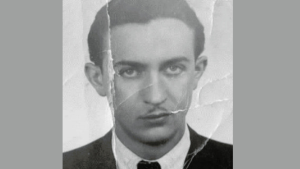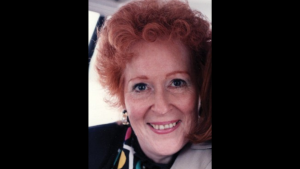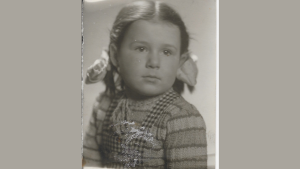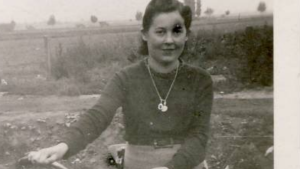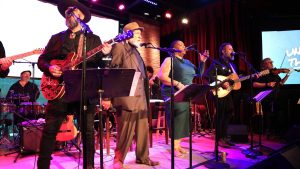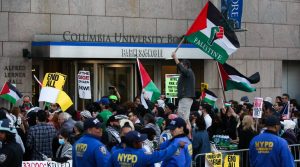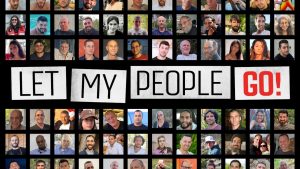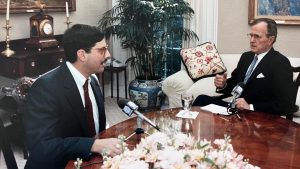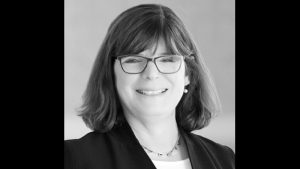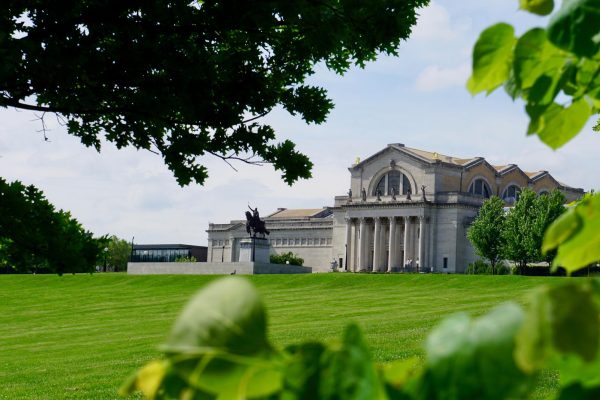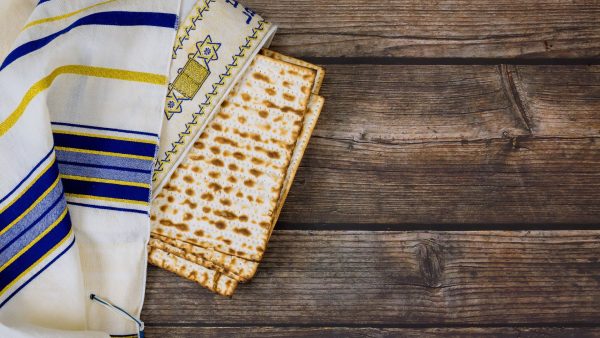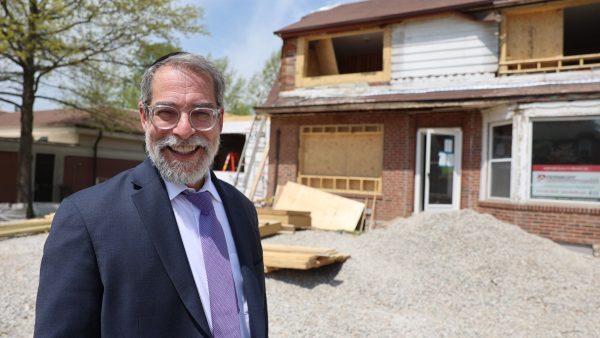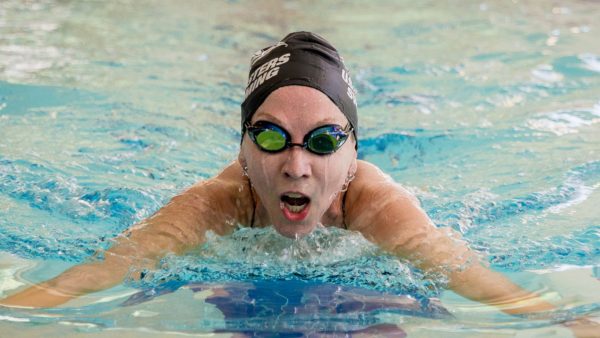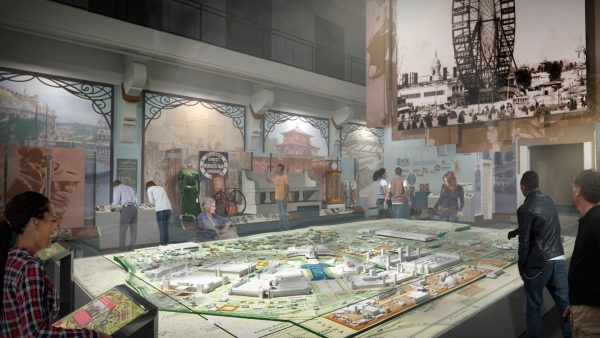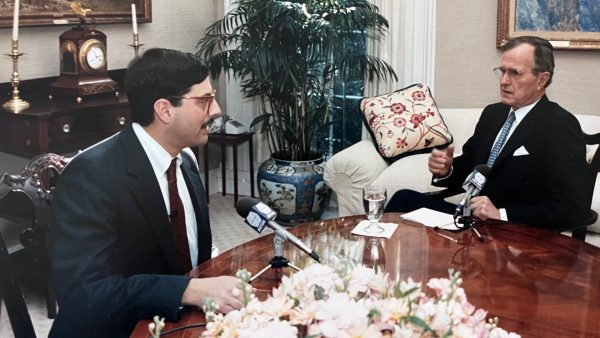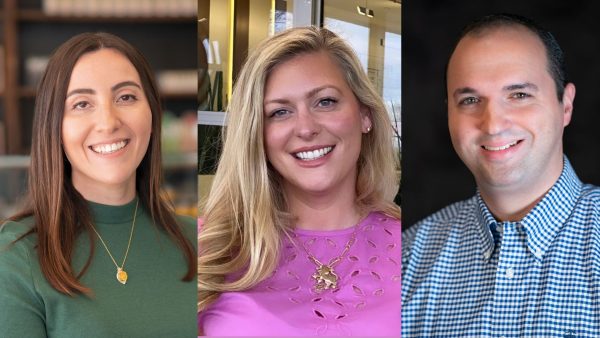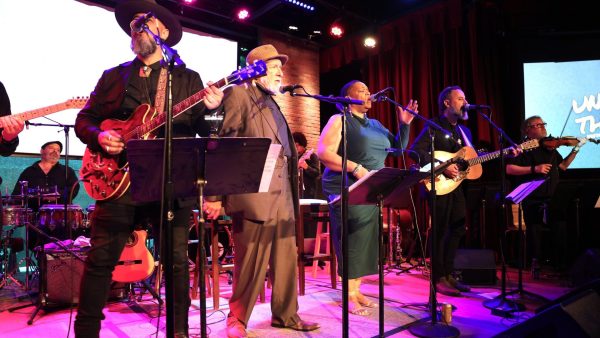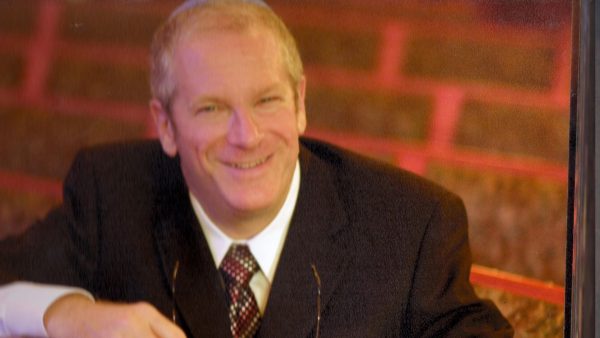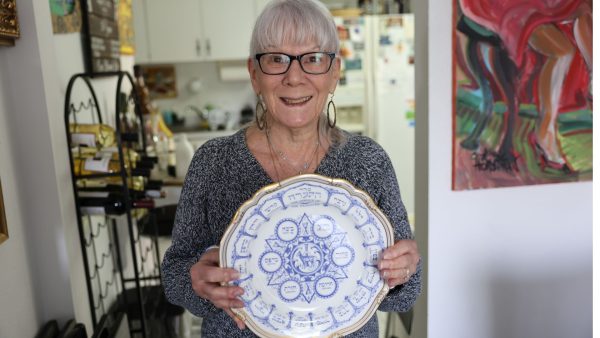Helena (born Hannah) Schonfeld was born in Nagyleta, Hungary in 1913. Her father, who was a merchant and also a non-practicing, ordained rabbi, was a respected man in both the Jewish and the Gentile communities in the village. After World War I, the area where Hannah and her family lived became Czechoslovakia. She recalls this period as being a good time. By now, Hannah was married and living in Munkacs. In the late 30s, the area was given back to Hungary by the Germans and the situation for Jewish people became much worse. Her father had to give up his business. He died of natural causes in 1941, and soon after his death Hannah’s parents’ home was taken away.
In May 1944, Hannah, her husband, her mother, her son, and her newborn baby were taken with other family members to a nearby brick factory and from there to Auschwitz. The whole family – about 80 people – traveled in a cattle car without food, water, or adequate sanitary conditions. After arriving at Auschwitz, Hannah was separated from her family, including her newborn baby. After arrival, she recalls a terrible scene. The women were all stripped and their hair was cut off. The SS men around were laughing at them and making jokes. A young girl – one of Hannah’s neighbors from Munkacs – ran away and Hannah found her with a razor; she wanted to commit suicide. Hannah was able to pull her away and talk her out of it. The young girl survived the camp and later came to the United States as well.
Soon after this episode, Hannah learned that her mother and baby were murdered in the gas chamber. Even after this tragic realization, she was able to put herself together and give strength to others. She spent five weeks in Auschwitz and then was transferred to Stutthof, another camp in Poland. She recalls a terrible night before the transfer took place. For that night, they were all kept in the “shower rooms” (gas chambers) trembling between life and death, not knowing what to expect from the showers: gas or real water. Finally, they were put into a cattle car and transferred to Stutthof.
Hannah stayed in Stutthof a couple of weeks. Though the barracks were more decent there than in Auschwitz, Hannah got beatings from a Polish officer who worked there watching the camp prisoners. After two weeks in Stutthof, Hannah was sent to Praust, a small camp nearby. She worked in the kitchen, and she managed to help people with food.
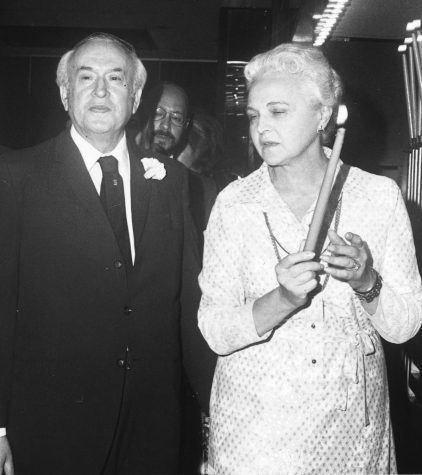 At the beginning of 1945, the camp inmates were evacuated westward. During this march – that Hannah calls “death march” because of the harsh weather conditions – Hannah and six other women took the risk and separated themselves from the rest of the prisoners. They went to a bombed out house and stayed there for two weeks. Hannah was very sick by this time with typhoid fever.
At the beginning of 1945, the camp inmates were evacuated westward. During this march – that Hannah calls “death march” because of the harsh weather conditions – Hannah and six other women took the risk and separated themselves from the rest of the prisoners. They went to a bombed out house and stayed there for two weeks. Hannah was very sick by this time with typhoid fever.
When the Wehrmacht found them, they said they were Hungarian Christians who were watching the Jews in Praust in the camp. The Wehrmacht soldiers believed them as there were no tattoos on their arms. As the Russians were approaching quickly, the Wehrmacht put the seven women on a wagon and took them to Hel, a peninsula in the northern part of Poland. Fooling the Germans, they were treated as civilians from this point on.
At the end of April, the Russians came and the war ended. With the help of the Russians, Hannah and the six other women got to a railroad to find their way home. Hannah went back to Munkacz. Her husband, Alex, who survived the Holocaust with their son, Gustav, now worked as a doctor near Prague. After the war was over, he sent a letter to her with someone, hoping she might have survived and returned to Munkacz.
Hannah, her husband, and their son were reunited near Prague in the summer of 1945. They came to the United States in 1946 with help from Hannah’s brother already living here. The family settled in St. Louis. The testimonies of Dr. Alexander Schonfeld and Dr. Gustav Schonfeld are also in the archives of the St. Louis Holocaust Museum and Learning Center.



